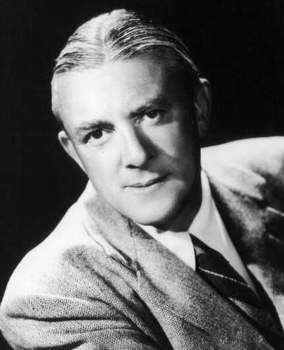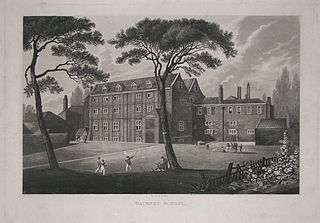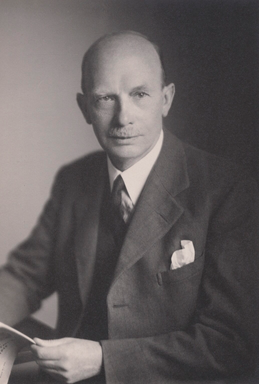
Helene Bertha Amalie Riefenstahl was a German film director, photographer and actress known for producing Nazi propaganda.

James Hilton was an English novelist and screenwriter. He is best remembered for his novels Lost Horizon, Goodbye, Mr. Chips and Random Harvest, as well as co-writing screenplays for the films Camille (1936) and Mrs. Miniver (1942), the latter earning him an Academy Award.
Clarence Crane Brinton was an American historian of France, as well as an historian of ideas. His most famous work, The Anatomy of Revolution (1938) likened the dynamics of revolutionary movements to the progress of fever.

John Francis Regis Toomey was an American film and television actor.

Catullus 5 is a passionate ode to Lesbia and one of the most famous poems by Catullus. The poem encourages lovers to scorn the snide comments of others, and to live only for each other, since life is brief and death brings a night of perpetual sleep. This poem has been translated and imitated many times.

Cecil Lauriston Kellaway was a South African character actor. He was nominated for the Academy Award for Best Supporting Actor twice, for The Luck of the Irish (1948) and Guess Who's Coming to Dinner (1967).
George Woodman Hilton was a United States historian and economist, who specialized in social history, transportation economics, regulation by commission, the history of economic thought and labor history.

Charles Montague Discombe Sparrow, known by his stage name C. Montague Shaw, was an Australian character actor, often appearing in small supporting parts in more than 150 films. Many of his roles were uncredited.

Holmes Herbert was an English character actor who appeared in Hollywood films from 1915 to 1952, often as a British gentleman.

George Henry Irving was an American film actor and director.

Selmer Adolf Jackson was an American stage film and television actor. He appeared in nearly 400 films between 1921 and 1963. His name was sometimes spelled Selmar Jackson.

We Are Not Alone is a 1939 American drama film directed by Edmund Goulding and starring Paul Muni, Jane Bryan, and Flora Robson. The screenplay concerns a doctor who hires a woman as a nanny for his son. When his wife becomes jealous, tragedy consumes all involved. The film is based on the 1937 novel We Are Not Alone by James Hilton, who adapted his novel with Milton Krims.
William Axt was an American composer of nearly two hundred film scores.

Gardner Murphy was an American psychologist who specialized in social and personality psychology and parapsychology. His career highlights included serving as president of the American Psychological Association and of the British Society for Psychical Research.
Hilton Obenzinger is an American novelist, poet, history and criticism writer.

Bruce Lester was a South African-born English film actor with over 60 screen appearances to his credit between 1934 and his retirement from acting in 1958. Lester's career divided into two distinct periods. Between 1934 and 1938, billed as Bruce Lister, he appeared in upwards of 20 British films, mostly of the cheaply shot and quickly forgotten quota quickie variety. He then moved to the US, where he changed his surname to Lester, and found himself for a time appearing in some of the biggest prestige productions of their day, alongside stars such as Bette Davis, Joan Crawford, Tyrone Power and Errol Flynn. Lester himself never achieved star-billing, but was said to have remarked that this at least meant that if a film was a flop, no blame ever fell on his shoulders.
Lyle H. Lanier was an American experimental psychologist and writer.

Newcome's School was a fashionable boys' school in Hackney, then to the east of London, founded in the early 18th century. A number of prominent Whig families sent their sons there. The school closed in 1815, and the buildings were gutted in 1820. In 1825 the London Orphan Asylum opened on the site. Today the Clapton Girls' Academy is located here.

Robert Howard "Robin" Hodgkin was an English historian. He taught at Queen's College, Oxford, from 1900 to 1937 and served as its provost from 1937 until 1946. He was particularly known for his 1935 work, A History of the Anglo-Saxons, and for his 1949 book, Six Centuries of an Oxford College.
Foster Rhea Dulles was an American journalist and historian, and author of a number of books. He specialized in political and cultural relations between the United States and East Asia, and advocated internationalism as opposed to American isolationism. The diplomats John Foster Dulles and Allen Dulles were his cousins.














